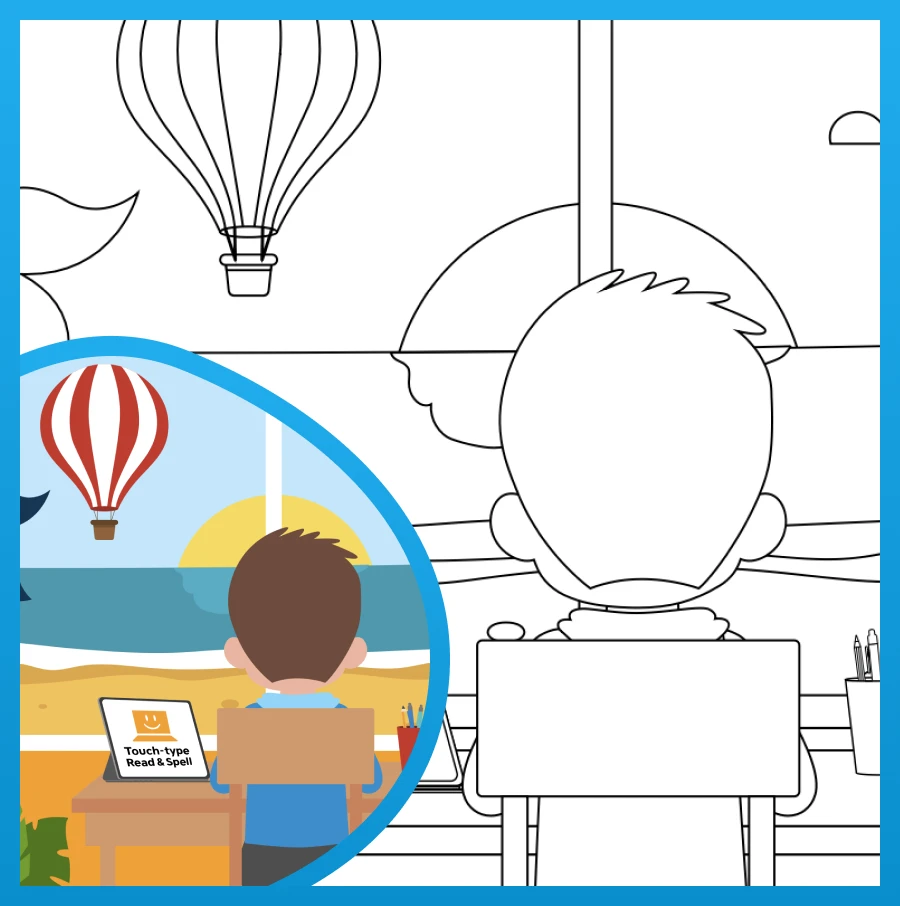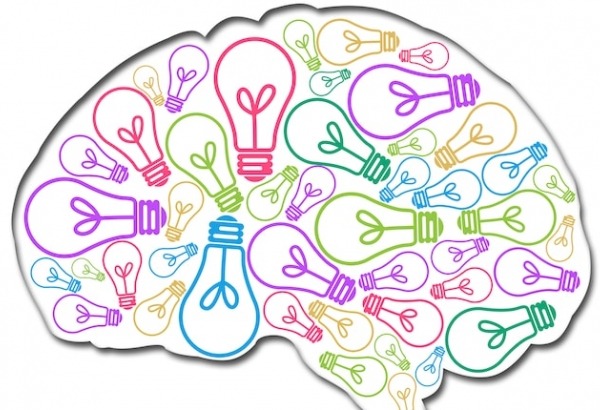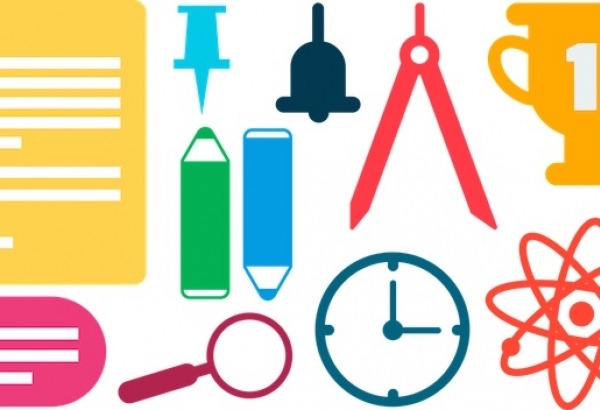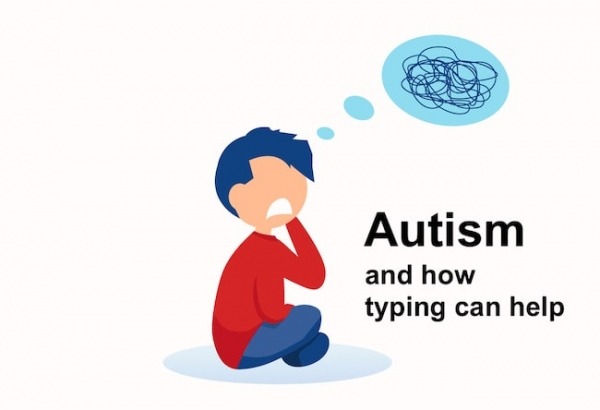7 Ways to help a frustrated student
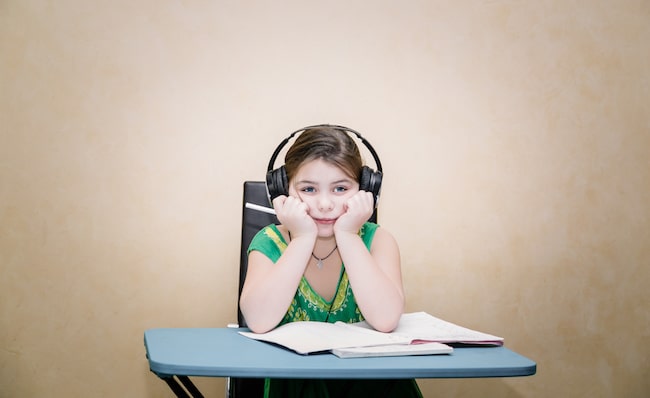
Students who are confused may quickly become frustrated in the classroom if they are pressured to perform. It may be the case that attention or processing difficulties have prevented a learner from understanding a lesson, or that the instructions for a particular assignment are not clear to them.
In some cases motor skills difficulties, such as problems with handwriting, prevent a child from demonstrating their knowledge.
When cognitive ability and creativity are present but productive and receptive language skills are compromised, such as by dyslexia, a child may feel frustrated with underperformance and/or a lack of progress.
Frustration can arise when a student works in a particular subject area. Some learners may become frustrated in English class whereas others find following the steps in math problems frustrating.
Frustration may also be related to students having high expectations for performance, such as wanting to get every answer correct or produce error-free writing that doesn’t need revisions.
There may be more than one reason why students feel frustrated and no two learners will be helped by exactly the same strategies. The important thing is for teachers to assess whether the frustration is temporary or has become a long-term problem.
That’s because over time, frustration can cause students to lose motivation. It can lead to heightened anxiety, a lack of confidence, low self-esteem and a negative attitude towards school and learning.
Helping students deal with frustration
Regardless of its source, the reaction teachers and parents have to a child who is experiencing frustration is key. Every student will feel frustrated at some point or another in his or her life.
By modeling healthy ways of dealing with frustration, students are more likely to be able to self-soothe in the future.
You may try teaching strategies such as reminding a frustrated student to stay calm, talk through the problem, and evaluate all of their options, which can require getting some distance and perspective on an issue.
However, when a child experiences chronic frustration, it can be a sign that a specific learning difficulty is getting in the way of their ability to learn or achieve success at school.
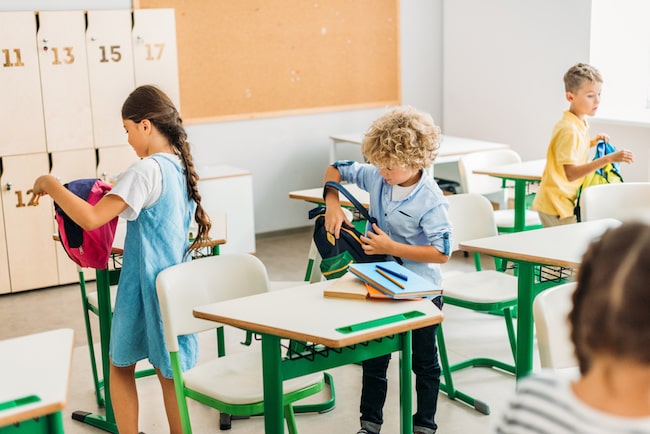
What does frustration look like?
Physical signs
Teachers might witness physical signs such as laboured breathing, teeth grinding or clenched fists. Students may have sweaty palms and bare down excessively when writing with a pen or pencil.
Emotional signs
Students experiencing frustration may be more emotional. They can be quick to anger or may appear defensive about receiving help. In some cases frustration can cause a student to act out towards teachers and peers.
In the classroom
Some students will pace around and have difficulty staying in one place. They may walk away from their desk, close their books (or refuse to open them in the first place) or even throw a writing instrument or paper.

7 Ways to help students cope
- Teach them to acknowledge how they’re feeling. Sometimes just recognizing the frustration they are feeling and counting to ten can help alleviate some of the related stress and anxiety. Everyone gets frustrated from time to time and there is no shame in being open about this. Teachers may share an example of a task that frustrated them and explain the strategies they used to deal with their feelings.
- Model physical techniques that can calm emotions. Provide training on meditative techniques, including modelling deep and slow breathing that can help release tension and reinstate calm. A brief walk or some light stretching can also make a difference. Frustration is often lower when a student is more relaxed.
- Ensure they have had a good night’s sleep. Frustration can set in quickly when a student is over-tired, hungry or physically unwell because of illness. Make sure they have their basic physical needs met before they sit down to learn something new or attempt cognitively taxing school work.
- Remind them it’s temporary. Frustration can cause students to place too much emphasis on the completion of a task. Teachers may remind them frustration will pass and that it’s not worth getting upset about. Staying positive is key.
- Get them to step back and re-evaluate the problem. Students may feel frustrated with one aspect of a problem, but upon stepping back can gain much needed perspective. You might suggest they work on a separate part of the assignment or switch to a different task completely for a period of time. This will make it easier to come up with new approaches when they return to the original task.
- Suggest alternative ways to complete the assignment. If the way in which the work must be done is causing the frustration, teachers may want to suggest alternative ways of engaging with learning or demonstrating knowledge. For example, if the task is to develop a written report, you may change it to bullet points or an oral presentation instead.
- Help them build up their confidence. Have students do something they’re good at – so they build up their confidence and feel more capable again. This may be a task with a lower challenge level or something they have a passion for. Teachers could interrupt a task or have students do a confidence boosting exercise before beginning an assignment that is likely to cause frustration.
It can also help to have a teacher, tutor or parent work closely with the student to discover the source of their frustration. Starting at the beginning and going step-by-step through the problem together will tell you a lot about why the student feels frustrated and when the frustration sets in – you can then come up with more targeted solutions for alleviating it.
Teaching specific problem-solving strategies may be called for – just ensure this teaching happens at the right moment. This is preferably not when students are frustrated because they will be less able to learn and retain the new strategies.

Learning difficulties and frustration
Dyslexia
Dyslexia affects reading and spelling skills and can cause students to feel extremely frustrated in the classroom. This is because literacy skills are central to most school activities.
Dyslexia can make reading take longer, and students may become cognitively exhausted from having to process written text. It can also affect working memory, and make it more challenging to hold details in mind while working on a problem.
Students with dyslexia may be very bright and creative learners but their language-based learning difficulty can cause them to feel easily frustrated. If left undiagnosed, this frustration can extend from classroom learning to a negative attitude toward school and any activities which require reading and writing.
How to help? Everyone’s strengths and weaknesses differ. Learn more about the nature of a student’s dyslexia and provide strategies or adjust assignments accordingly. It may help for a student to use assistive technology, such as reading on the computer or typing instead of writing words out by hand. Incidentally, learning to touch-type can help dyslexic students with spelling skills.
Some students benefit from having extended deadlines and may be entitled to extra time in exams. Others will especially benefit from the opportunity to work with a tutor who is a dyslexia specialist. For students with mild dyslexia, it may be possible to get by without specific classroom accommodations but plenty of encouragement from parents and teachers will be necessary.
Let students know it’s normal to feel frustrated, for example, from extensive reading. It’s also okay to make spelling mistakes. You may try teaching a lesson on the strengths associated with dyslexia, to help them stay positive.
Dysgraphia
Dysgraphia can affect a learner’s ability to produce written work. The formation and spacing of letters can be so taxing for a student with dysgraphia that considering higher order aspects of writing, such as word choice or the organization of ideas within a paragraph, is not even possible.
Note dyspraxia is a fine-motor skills disorder that can also make writing by hand physically painful. This can be distracting and frustrating, particularly when a student must produce text in small boxes on worksheets.
How to help? Allowing these learners to use a computer is the most commonly recommended solution for teachers. Depending on the severity of the dysgraphia or dyspraxia, this may mean the student uses text-to-speech programs or learns to touch-type. You can also pay attention to the kind of handouts you provide and limit the amount of writing required, or have students provide verbal answers instead of written ones. Fatter pens and pencils may increase the comfort of writing as well.
What else can cause frustration?
Visual processing disorders
A student with a visual processing disorder may struggle to understand and remember information that is presented visually, such as a lesson written on the board or instructions provided at the top of a class handout.
This can lead to frustration if the material is hard to learn, if they struggle to complete a task due to a misguided approach, or spend a lot of time going back and forth to reference a list and the activity it corresponds with.
Processing visual information, such as written text, can also cause a child to tire quickly and frustration may set in due to cognitive exhaustion.
How to help? Ensure a student has access to both visual and auditory information. For example, repeat task instructions several times out loud, even if they are written down. Teachers may also want to limit the amount of visual text a child has to process in one sitting or provide extra time for visual tasks. Assigning a classroom buddy to help with note taking and confirm what’s needed for homework may help.
Auditory processing disorders
A student with an auditory processing disorder is likely to struggle to understand spoken information and may miss out on content or instructions that are not provided in written form.
He or she may become frustrated during listening activities, especially if it’s not possible to see the teacher’s mouth as information is being delivered. Students may also struggle with poor quality recordings or group work. Listening can be particularly challenging when overlapping voices and background noises are present.
How to help? Be sure to provide access to visual information and limit the amount of listening a student is asked to do in one sitting. If there is a reading delay, you may want to include visual prompts, such as images and graphs. Schedule listening activities at times in the day when a learner is likely to be at their best and avoid the end of the day or listening activities after lunch.
There are additionally a number of strategies you can teach to help students with auditory processing disorders improve their listening comprehension.
Multi-sensory teaching is good for all learners, so consider presenting the same material in different ways.
Touch-type Read and Spell (TTRS)
When a student feels frustrated, emotions can quickly snowball into negative attitudes toward school and learning. That’s why it’s always a good idea to teach a skill set that can make it faster, more efficient, and less frustrating to complete school work.
Touch-type Read and Spell (TTRS) is a touch-typing platform developed specifically for students who struggle with learning difficulties including dyslexia and dysgraphia, and other conditions that can cause frustration, including processing and attention disorders.
The multi-sensory approach to learning focuses on phonics as a means to improving spelling and reading skills via typing. Instead of being hurried along, students learn at their own pace and begin with whole word typing. They don't type nonsense letter combinations and they focus on accuracy before speed.
Moreover, learners can repeat a module as many times as they like and can apply their skills to real-world typing from the very beginning.
For teachers
TTRS is a program designed to support educators in teaching students touch-typing, with additional emphasis on reading and spelling.
Chris Freeman
TTRS has a solution for you
An award-winning, multi-sensory course that teaches typing, reading and spelling

How does TTRS work?
Developed in line with language and education research
Teaches typing using a multi-sensory approach
The course is modular in design and easy to navigate
Includes school and personal interest subjects
Positive feedback and positive reinforcement
Reporting features help you monitor usage and progress




